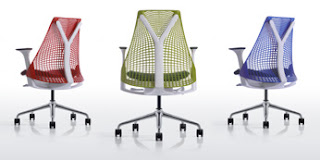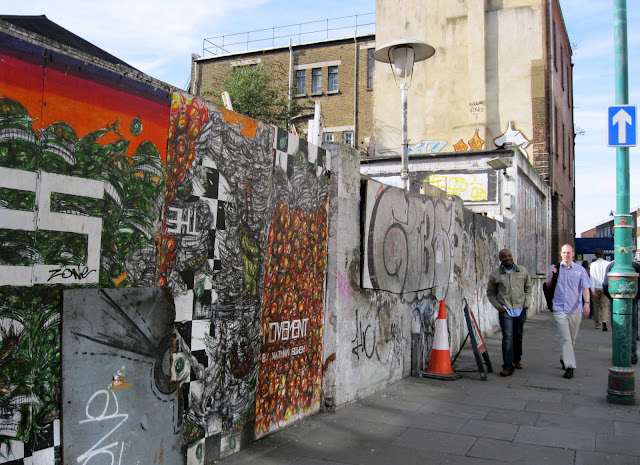1. Labels. Wallace Collection
I feel that the titles and artist names are more integrated with the art when they are engraved upon the frames. In the case of the ornate, gold frames, the titles and artist names fit in perfectly and add elegance to the pieces with the gold labels being on the frames, instead of on the wall beside the picture, distracting from the beautiful wallpaper. For this collection, which is very elegant and over-the-top with bold, gold frames I prefer the titles and names to be integrated into the artwork. However, for other museums with less detailed wallpaper and framing I think object labels are more appropriate.
2. Object of Appreciation. Wallace Collection
I was really captivated by the large rooms of weapons and armour on the main floors. I was suprised to find how beautifully decorated some of the daggers and swords were and by how small the sets of armour appeared to be. This was the largest collection of armour I have ever seen and is something I would go back to observe and look at in closer detail.
3. Object of Excessive details/ornamentation Wallace Collection
I was intrigued by the painting of Venice located on the ground floor of the Collection. These painting caught my attention because of the excessive detail in the picture that captured every ripple of water. I was also able to appreciate this picture because I have been to Venice this semester and am able to recognize the true beauty of the city in that picture. One thing that I did find excessive is the ornamentation of all of the rooms in the collection. At times I found myself much more intrigued by the wallpaper and curtains than by the paintings themself. I feel that in some cases the ornate decorations of the rooms took away from the beauty of the art.
4. Favorite Museum
My favorite museum experience was when we visited the Saatchi Gallery. I loved this museum because of how unique the art was in both style and display. I also really enjoyed the tour guide that took us around the museum and told us about various pieces of art because it helped me to appreciate the art much more than I would have if I had not been informed about it. I was also really amazed by the room that was completely filled with oil. At first sight it seemed like a type of optical illusion until you realized that the oil was reflecting the rest of the room. Looking at an art display like that made me appreciate how much work goes into different pieces of art.
5. Museum Interest
I definately have a greater interest in visting Museums after taking this course. I have never been one to enjoy going to museums before, but this course helped me to appreciate museums, especially in London where they are free, for the true beauty and history that they make available for the public. I was definately intimidated by art before this course, but now I feel that I don't need to be an art expert to visit a museum just to take in its beauty and look around. I also appreciate this course for offering a different perspective for me in terms of branding and design. I would never have payed much attention to the logo or layout of a museum before, but now I find myself critquing different types of type face and thinking of ways that the logo would look more intriguing and creative.
6. Any additional comments
I really enjoyed taking both classes with you this semester Steven! I loved to be able to take your assignments in my own direction and write about things I was interested in. This class helped me to develop an interest in museums that I never thought was possible before because they always seemed so boring to me. Before this class there's no way that I could stare, fascinated at a room completely filled with oil or sunflower seeds and think it was so amazing. Thank you for taking the time to get to know all of us and share your knowledge about graphics and design and incorporate it into the course. I'm looking forward to my independent study with you next semester!



















































